October 20, 2017
One-fifth of UK jobs under threat from automation, but some regions more at risk than others
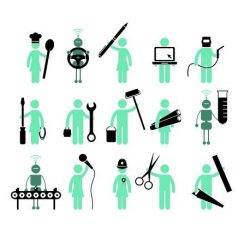 Automation will affect one in five jobs across the UK, according to a new study from the thinktank Future Advocacy. According to the report, the risk of jobs being becoming automated is higher in some areas more than others and in the case of shadow chancellor John McDonnell’s west London constituency of Hayes and Harlington hits 40 percent, largely because it contains Heathrow Airport which employs a large number of people whose jobs are most at risk from automation. However, the report claims that a mere 2 percent of people surveyed were ‘very worried’ that they might be replaced by a machine, with a further 5 percent saying they were ‘fairly worried’.
Automation will affect one in five jobs across the UK, according to a new study from the thinktank Future Advocacy. According to the report, the risk of jobs being becoming automated is higher in some areas more than others and in the case of shadow chancellor John McDonnell’s west London constituency of Hayes and Harlington hits 40 percent, largely because it contains Heathrow Airport which employs a large number of people whose jobs are most at risk from automation. However, the report claims that a mere 2 percent of people surveyed were ‘very worried’ that they might be replaced by a machine, with a further 5 percent saying they were ‘fairly worried’.





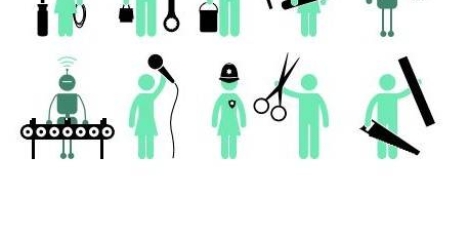


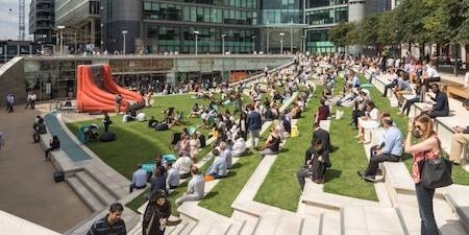
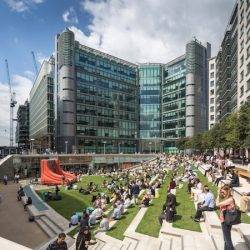


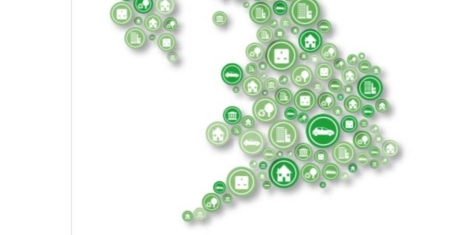


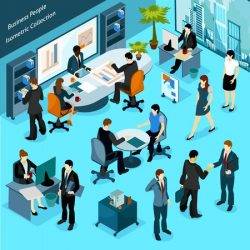
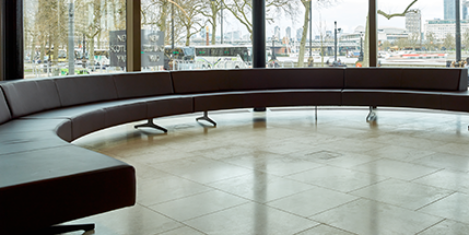
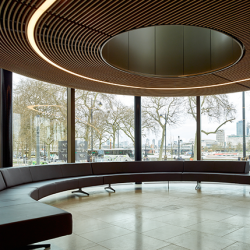

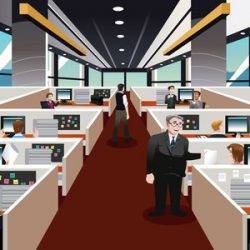





 The majority (94 percent) of workers are open to flexible ways of working such as part-time, freelance, contract, temporary or independent contract work a new report from ManpowerGroup has revealed. Coining the trend as NextGen work, the research suggests this approach to a job is a choice (81 percent) not a last resort (19 percent). Findings from #GigResponsibly: The Rise of NextGen Work – a global survey of 9,500 people in 12 countries – identifies a shift towards this new way of getting work done, and that it works for people and employers. People were asked how they want to work, what motivates them and their views on NextGen Work. More control over their schedule (42 percent), boosting their bank account (41 percent) and developing new skills (38 percent) are top reasons why this flexible kind of work is on the rise. The report also found that this flexible approach is not just attractive to Millennials, as meaningful work and employer appreciation are valued more by Boomers than any other generation. More than 80 percent of US workers say NextGen Work is a choice, not a last resort, and builds resilience for less predictable futures.
The majority (94 percent) of workers are open to flexible ways of working such as part-time, freelance, contract, temporary or independent contract work a new report from ManpowerGroup has revealed. Coining the trend as NextGen work, the research suggests this approach to a job is a choice (81 percent) not a last resort (19 percent). Findings from #GigResponsibly: The Rise of NextGen Work – a global survey of 9,500 people in 12 countries – identifies a shift towards this new way of getting work done, and that it works for people and employers. People were asked how they want to work, what motivates them and their views on NextGen Work. More control over their schedule (42 percent), boosting their bank account (41 percent) and developing new skills (38 percent) are top reasons why this flexible kind of work is on the rise. The report also found that this flexible approach is not just attractive to Millennials, as meaningful work and employer appreciation are valued more by Boomers than any other generation. More than 80 percent of US workers say NextGen Work is a choice, not a last resort, and builds resilience for less predictable futures.








October 19, 2017
Future office and changing business of work debated at Workplace Trends
by Sara Bean • Comment, Coworking, Facilities management, Technology, Wellbeing, Workplace design
(more…)